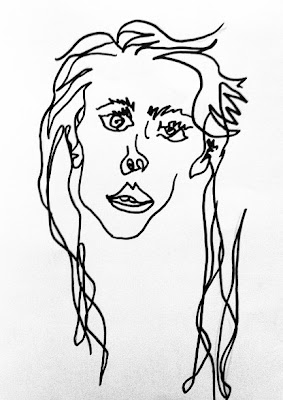As in other content areas, words in art might be similar to those
you've heard outside the art room. SOMETIMES they mean just about the
same thing, but other times, they relate to art-specific concepts or
technique. PERSPECTIVE is one of the words that is similar, but
definitely has it's own art-specific definition:
Perspective: Art
technique allowing for 3-dimensional space to be depicted on a 2-dimensional
surface (Having to do with the angle from which an object or space is viewed and depicted).
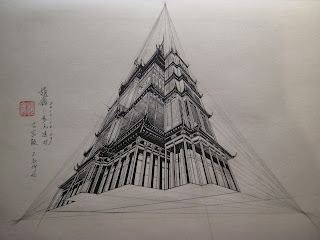 |
| From Below |
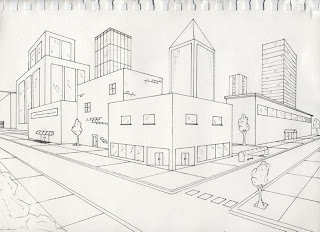 |
| From Straight On |
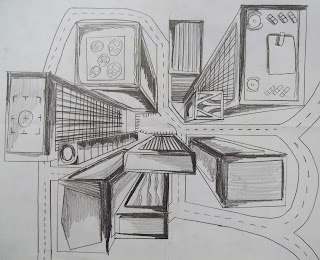 |
| From Above |
PROPORTION as a word is a little more universal across contents:
Proportion: The comparative relationship between pieces and parts of a whole.
IN PROPORTION:
Proper relation between the pieces and parts - "his nose is just the right size compared to the rest of his facial features."
OUT OF PROPORTION:
Improper relation between the pieces and parts - "his nose is BIG compared to the rest of hie facial features."
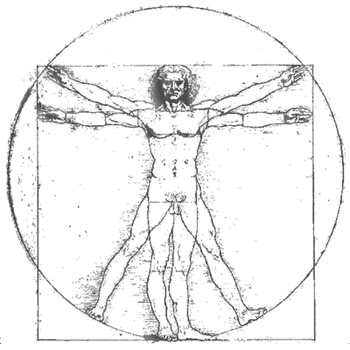 |
Leonardo Da Vinci
Vitruvian Man
1490 |
BASIC Proportion RULES (things to
consider when beginning to draw/paint a person ... there are ALWAYS
exceptions and slight variances)
 FULL BODY
FULL BODY
- Hieght = 8 heads stacked top to bottom
- Height = Arm Span
- Shoulder Width = 3 Head Widths
- Forearm = Foot Length
FACE

- Eyes are located, horizontally, in the center of the head
- Eye Width = space between the eyes
- Eye Width = Nose Width
- Top of ears align with the outer edge of the eyebrows
- Bottom of earlobes align with the corners of the mouth
SKETCHBOOK #2: Sketching Perspective
Find
an object to sketch, position it on a flat surface - DO NOT move the
object after placed - and then sketch it from the three perspectives
pictured above (From Below, From Straight On and From Above).
Specifically
THINK about and NOTICE how the lines, shapes and values change as you
change your perspective ... do you see something from one perspective
that you couldn't from another?











